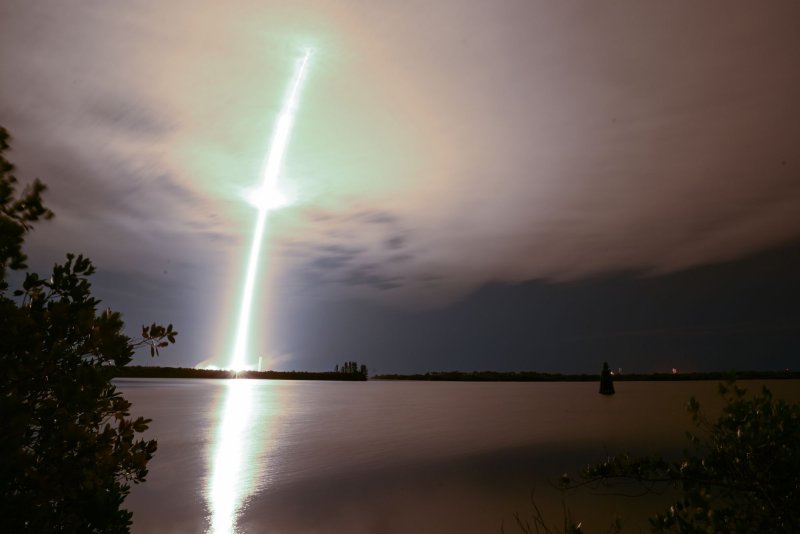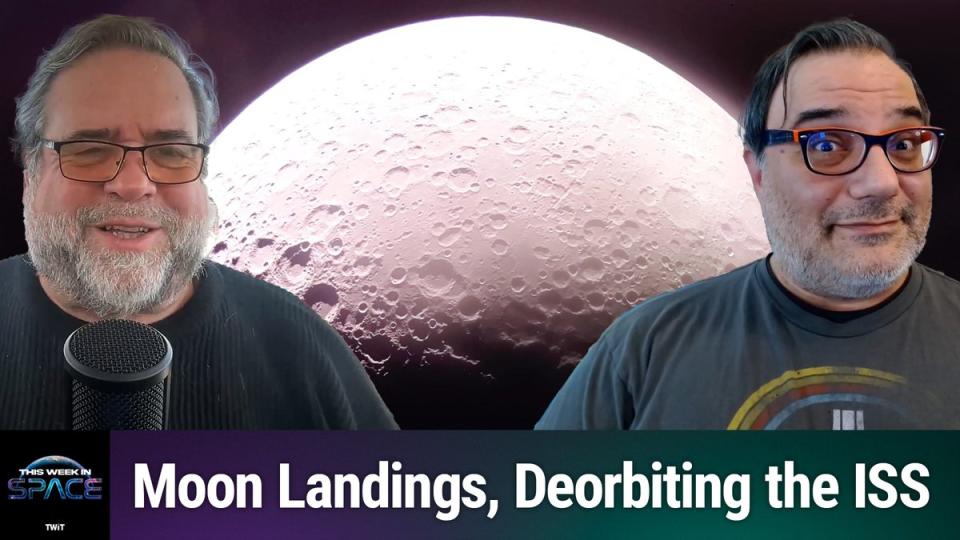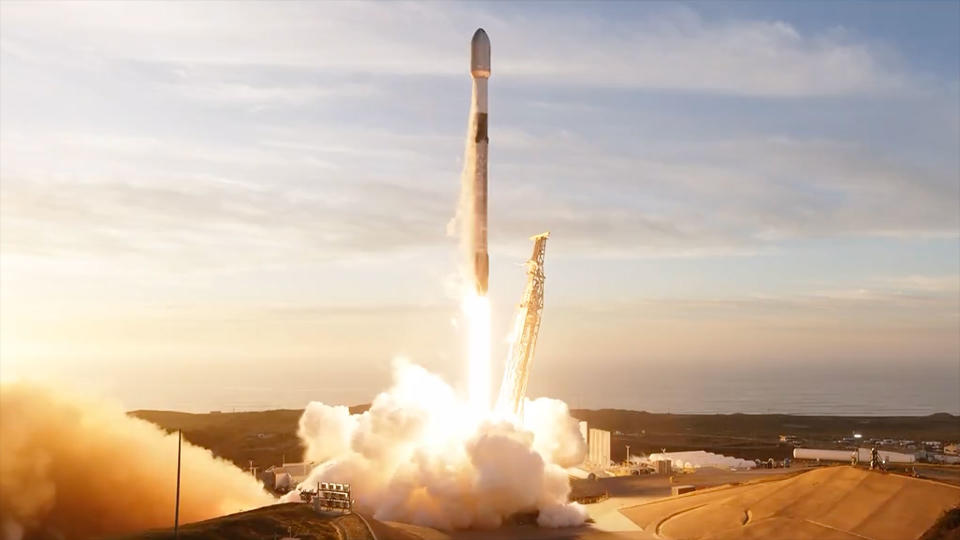Feb. 22 (UPI) — A SpaceX Falcon 9 booster rocket successfully launched Saturday to deploy 22 Starlink satellites into low-Earth orbit Saturday evening from the Space Force Base in Vandenberg, Calif.
The launch proceeded without any problems at 5:38 p.m. PST and reached a maximum speed of 8,000 mph before the primary rocket engine cut off and separated from its payload, which continued its journey with the help of the vacuum of space.
The Falcon 9 booster rocket reached a maximum altitude of about 120 miles above Earth before making its return to re-enter the Earth’s atmosphere with an assist from an entry burn to slow its approach.
A landing burn used a single Merlin rocket engine to enable the rocket land on an autonomous recovery vessel about 8 minutes and 20 seconds after the rocket’s launch.
The payload continued on its journey and exceeded 27,000 mph until its eventual deployment in low-Earth orbit.
The rocket required 1 million pounds of propellant to launch and complete its mission and was recovered by the autonomous droneship Of Course I Still Love You in the Pacific Ocean.
It was the 11th successful launch and recovery for the Falcon 9 first-stage rocket booster used for the mission.
The Starlink satellite communications system is intended to provide global access to wireless internet communications once the entire system is in place.
Many parts of the world enjoy mostly complete Starlink coverage, including the entire United States.
Another Falcon 9 Starlink mission is scheduled at 11:42 p.m. EST Sunday with the launch to occur from the Cape Canaveral Space Force Station in Florida.
Sunday’s planned launch will be the first flight of the first-stage rocket booster supporting the mission.
It is scheduled to land on the Just Read the Instructions droneship, which will be stationed in the Atlantic Ocean.
#SpaceX #launch #sends #Starlink #satellites #lowEarth #orbit










Leave a Reply